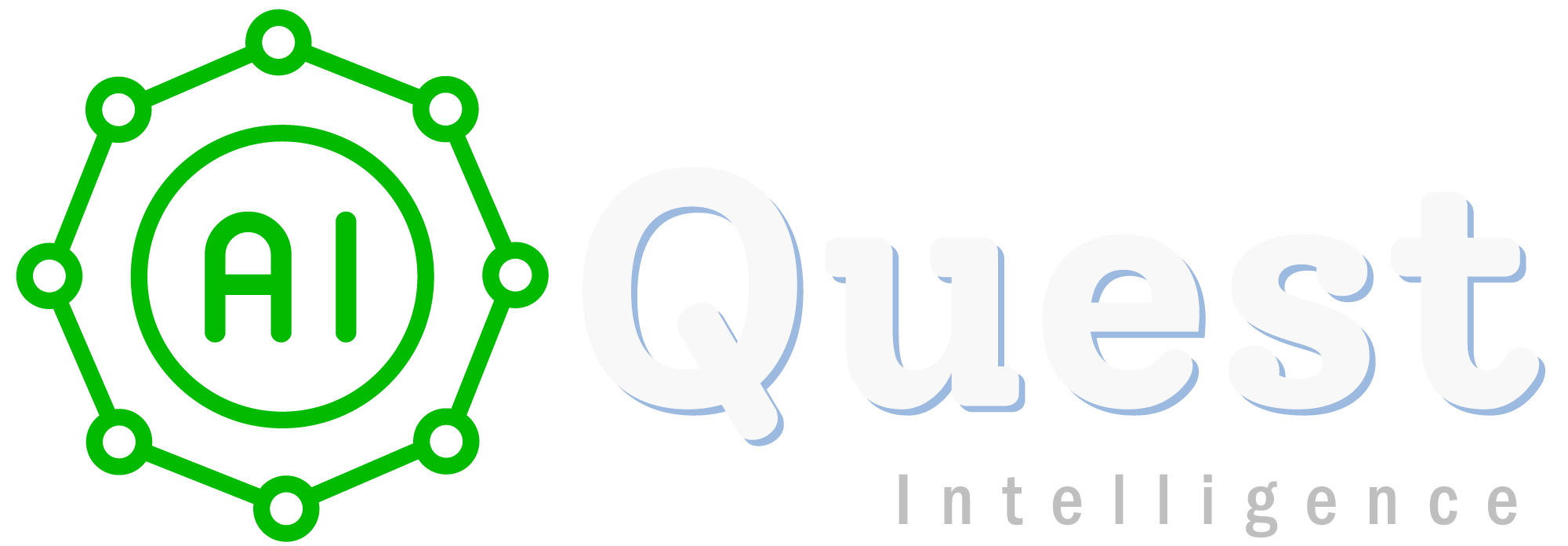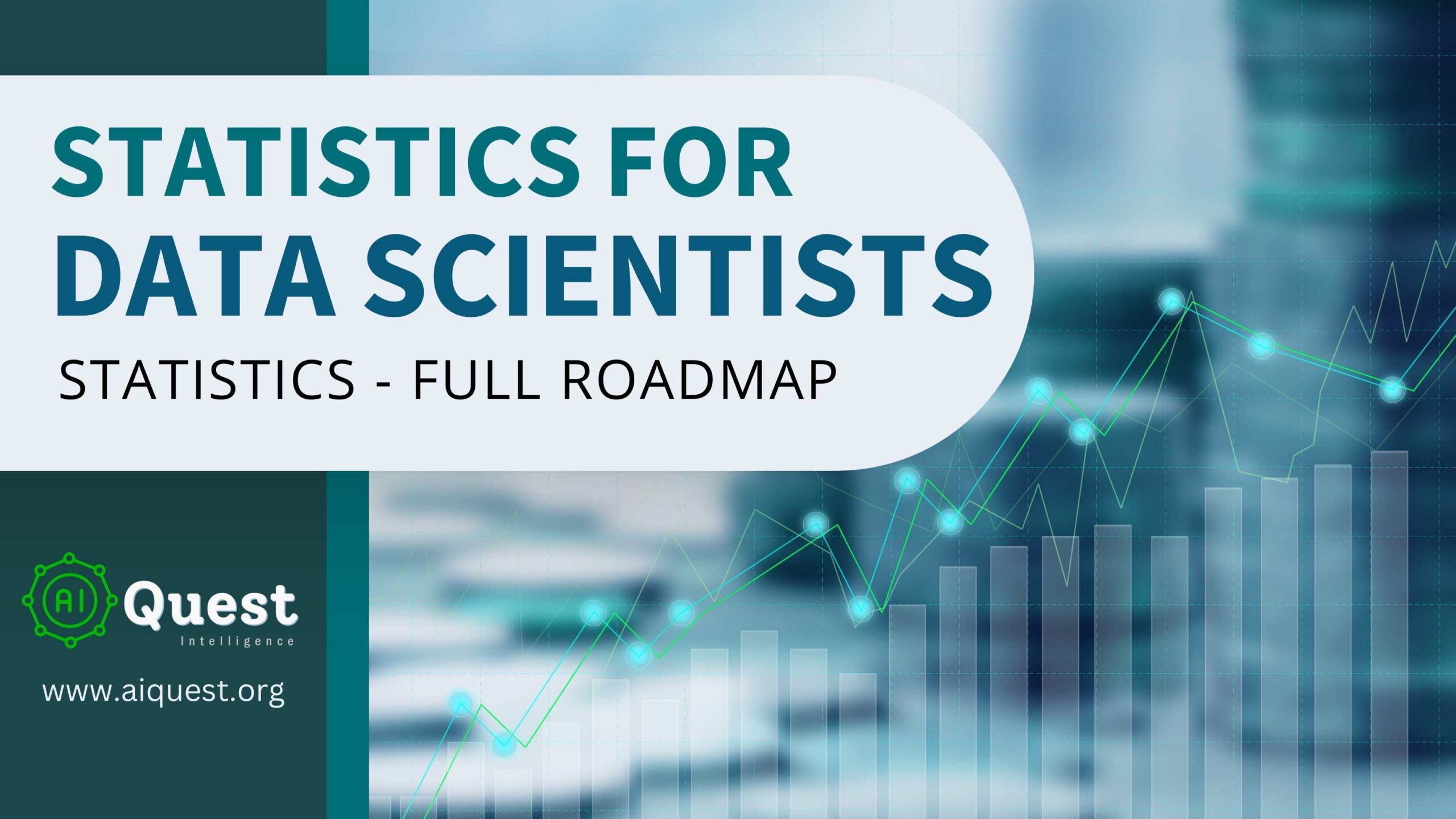- Why are Statistics Important to Data Scientists?
Statistics is indeed a crucial foundation for data scientists. It provides the necessary tools and techniques to analyze and interpret data, uncover patterns and insights, make informed decisions, and build reliable predictive models. Statistics is incredibly important for data scientists. Here are a few key reasons why statistics is crucial in the field of data science:
1. Data Analysis and Interpretation: Statistics provides the necessary tools and techniques to analyze and interpret data effectively. Data scientists need to understand descriptive statistics to summarize and gain insights from data, inferential statistics to draw conclusions about populations based on samples, and statistical modeling techniques to make predictions and derive meaningful conclusions from data.
2. Decision Making: Statistics helps data scientists make informed decisions based on data. By applying statistical methods, data scientists can assess the significance of findings, determine the effectiveness of interventions or experiments, and evaluate the performance of models. Statistical analysis allows data scientists to reduce uncertainty and make data-driven decisions with higher confidence.
3. Experimental Design: Statistics plays a crucial role in experimental design, allowing data scientists to design experiments that yield reliable and valid results. By understanding statistical principles, data scientists can determine appropriate sample sizes, randomize treatments, control for confounding variables, and analyze experimental data to draw meaningful conclusions.
4. Predictive Modeling: Many machine learning algorithms are built on statistical principles. Techniques like linear regression, logistic regression, decision trees, and Bayesian methods rely on statistical concepts to build predictive models. Understanding statistics enables data scientists to choose the appropriate modeling techniques, interpret model outputs, and assess model performance.
5. Statistical Significance and Hypothesis Testing: Data scientists often need to determine whether observed patterns or differences in data are statistically significant or merely due to chance. Statistical significance testing, using methods such as hypothesis testing and p-values, helps data scientists validate the significance of their findings and make reliable inferences.
6. Data Quality Assurance: Statistics provides methods to detect and handle outliers, missing data, and other data quality issues. By using statistical techniques, data scientists can identify anomalies, impute missing values, and ensure data integrity and accuracy.
7. Communicating Results: Statistics helps data scientists effectively communicate their findings to stakeholders. By using appropriate statistical measures and visualizations, data scientists can present data-driven insights in a clear and meaningful way, enabling stakeholders to understand and act upon the results.
Statistics is fundamental to the practice of data science. It equips data scientists with the necessary tools and techniques to analyze, interpret, and make decisions based on data, as well as build robust predictive models.
- Here are some examples that illustrate the field of statistics in Data Science & Artificial Intelligence:
1. Descriptive Statistics: Data scientists often start by examining the basic characteristics of a dataset using descriptive statistics. Measures like mean, median, mode, standard deviation, and variance help summarize the central tendencies, dispersion, and shape of the data. For instance, when analyzing customer purchase behavior, understanding the average order value or the standard deviation of purchase amounts can provide valuable insights into consumer spending habits.
2. Inferential Statistics: Data scientists utilize inferential statistics to draw conclusions about a population based on a sample. Techniques such as hypothesis testing and confidence intervals enable data scientists to make inferences and validate the significance of their findings. For example, a data scientist may apply inferential statistics to determine whether a new marketing campaign has significantly increased website conversion rates by comparing the conversion rates before and after the campaign.
3. Probability Distributions: Understanding probability distributions is crucial for data scientists. Probability distributions like the normal distribution, binomial distribution, and Poisson distribution provide a mathematical framework to model and analyze various real-world phenomena. For instance, in finance, data scientists might employ the log-normal distribution to model stock prices and estimate the probability of certain price movements.
4. Regression Analysis: Regression analysis allows data scientists to explore the relationship between variables and make predictions. By fitting regression models, data scientists can identify the impact of independent variables on the dependent variable. This is helpful in various scenarios, such as predicting housing prices based on factors like location, square footage, and number of bedrooms.
5. Machine Learning: Statistics forms the basis of many machine learning algorithms. Techniques like linear regression, logistic regression, decision trees, and random forests rely on statistical principles to make predictions or classify data. For example, in healthcare, data scientists might use logistic regression to build a predictive model for disease diagnosis based on patient symptoms and medical history.
- To learn everything about statistics for data science, you can follow this step-by-step roadmap:
1. Probability Theory: Begin with the fundamentals of probability theory, including concepts such as probability rules, conditional probability, independence, and Bayes’ theorem. This knowledge will provide a solid foundation for statistical analysis.
2. Descriptive Statistics: Learn about measures of central tendency (mean, median, mode) and dispersion (variance, standard deviation), as well as graphical representations like histograms and box plots. Practice calculating these statistics using real datasets.
3. Statistical Inference: Dive into hypothesis testing, confidence intervals, and p-values. Understand how to apply these techniques to draw conclusions about data and make statistically valid decisions.
4. Probability Distributions: Study common probability distributions like the normal distribution, binomial distribution, and Poisson distribution. Learn their properties, characteristics, and how to use them to model real-world phenomena.
5. Regression Analysis: Explore linear regression, multiple regression, and logistic regression. Gain an understanding of how to fit regression models, interpret coefficients, and assess model performance.
6. Experimental Design: Learn the principles of experimental design, including sample size determination, randomization, and control groups. Understand how to design experiments that yield reliable and actionable results.
7. Time Series Analysis: Familiarize yourself with techniques for analyzing and forecasting time-dependent data, such as autoregressive integrated moving average (ARIMA) models and seasonal decomposition of time series (STL).
8. Machine Learning Algorithms: Study the statistical foundations of popular machine learning algorithms, including decision trees, random forests, support vector machines, and neural networks. Understand how these algorithms leverage statistical principles for predictive modeling.
9. Bayesian Statistics: Delve into Bayesian statistics and learn about Bayesian inference, prior and posterior distributions, and Markov Chain Monte Carlo (MCMC) methods. Gain a deeper understanding of how to incorporate prior knowledge and update beliefs based on new data.
10. Practical Application: Apply statistical techniques and concepts to real-world datasets. Work on projects that involve data analysis, hypothesis testing, regression modeling, and machine learning. Practice interpreting and communicating statistical results effectively.
Learn statistics fundamentals from StatQuest. Learning statistics for data science is an ongoing process. Continuously explore new statistical concepts, stay updated with the latest advancements, and engage in hands-on projects to reinforce your understanding. Subscribe! & Follow LinkedIn!
.

